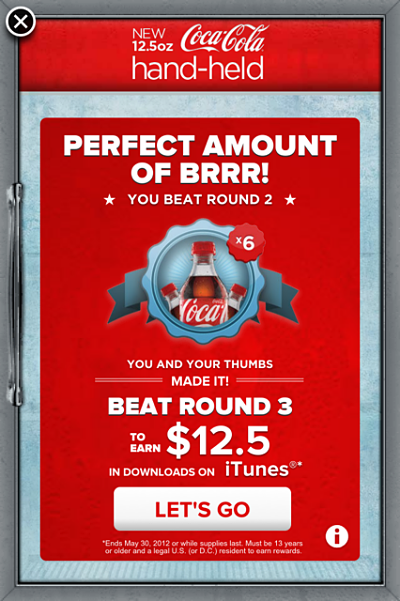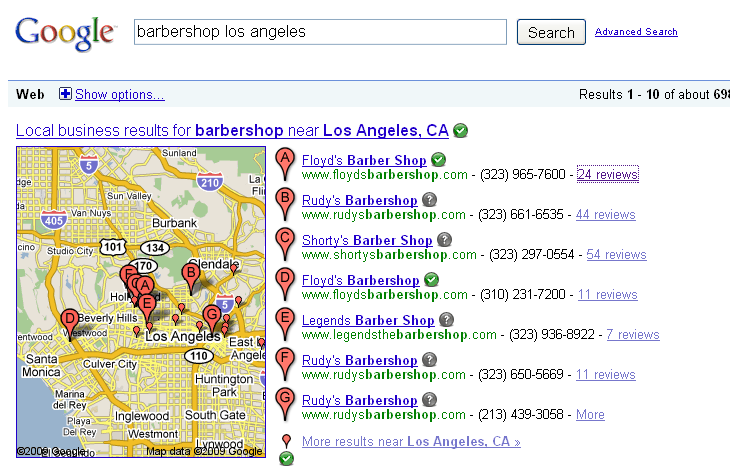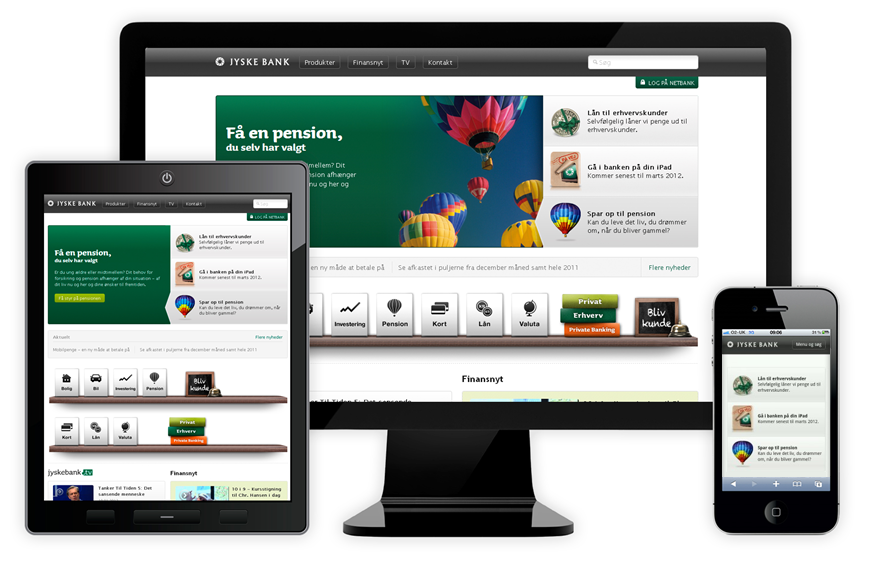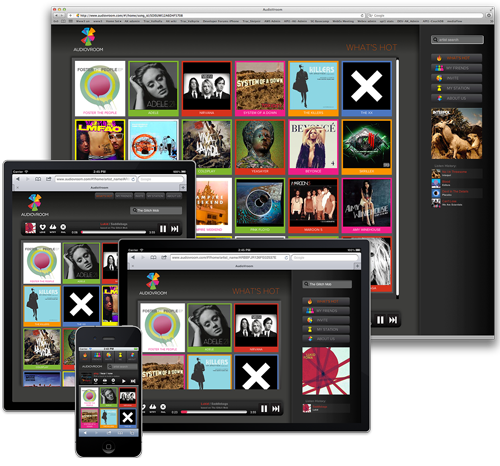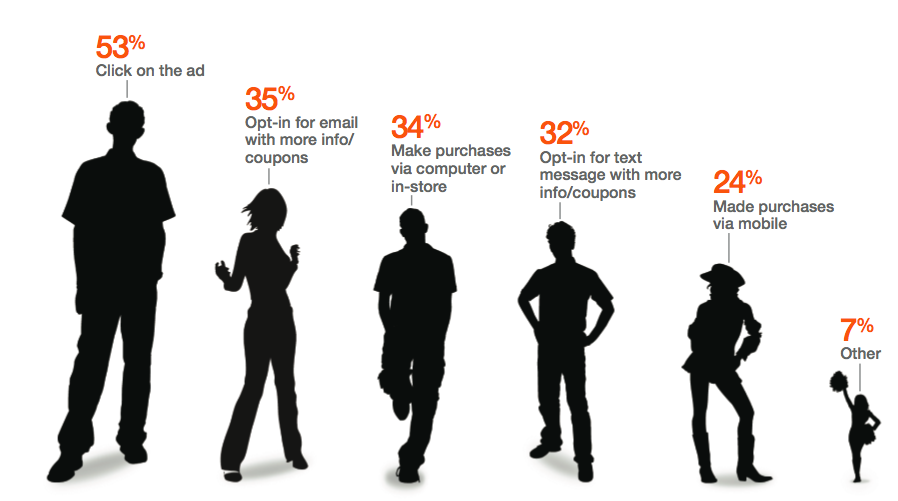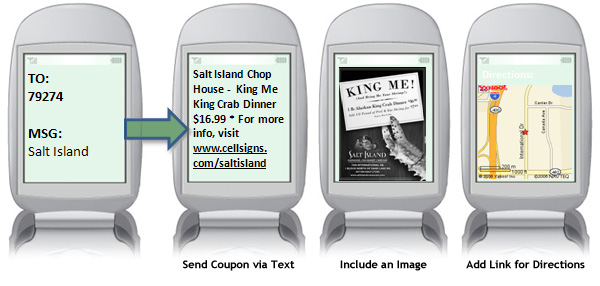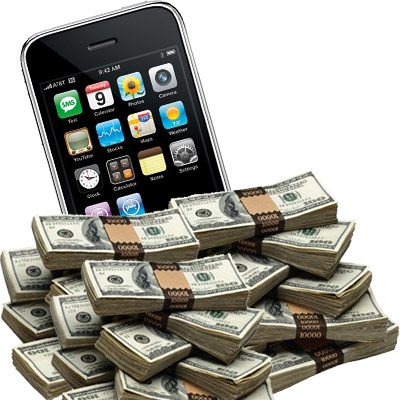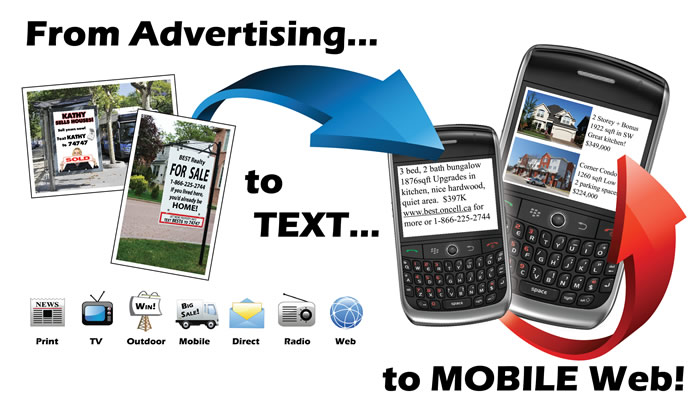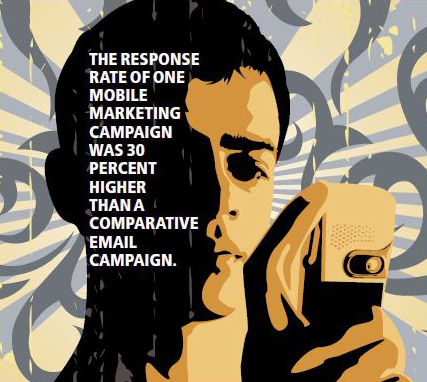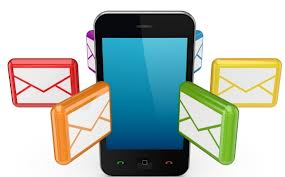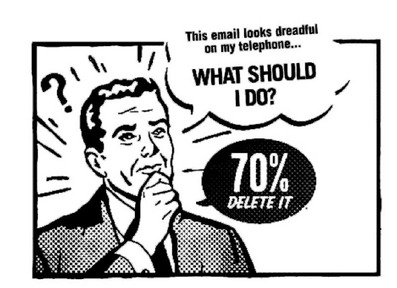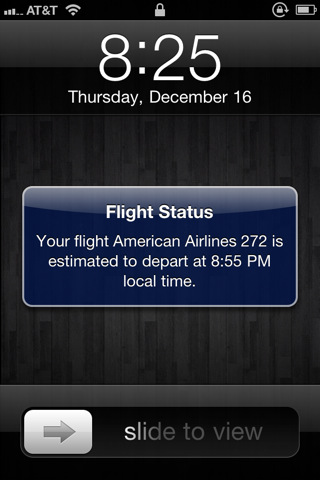SMS Mobile Marketing Software for Car Dealers
Any type of car dealership can benefit from SMS mobile marketing software. The power and scope of mobile marketing is unparalleled in the advertising world and gives car dealers the chance to market directly to their customers’ hands. Think about it, how many people do you know that have either a cell phone or a smart phone? Now think about how many people don’t have either of these. There’s a pretty big discrepancy isn’t there? The fact is that an overwhelming majority of people own cell phones these days, and on top of that they are always on them! To be more specific, 99% of the U.S. population owns a cell phone and 97% of them are within 3 feet of their phones 24 hours a day! So it is clear that people not only own phones, but they are constantly on or around them. What better way to market to people than through the very thing they use almost literally all day?
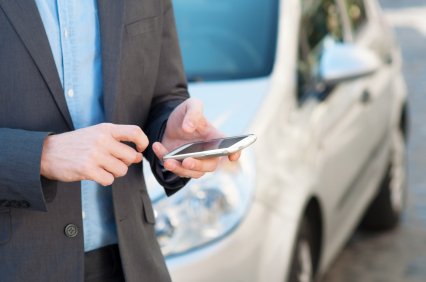
The 3 main forms that mobile marketing works through are mobile websites, smartphone apps, and SMS (or text) messaging. SMS marketing is literally cheaper per message than snail mail, and unlike email blasts, the message is sent directly to your customer’s phones. Using SMS marketing is cheaper than developing an app for a specific dealership and much easier than optimizing your mobile site for the many different types of cell phones. The beauty of SMS is that it also doesn’t require a smartphone. SMS marketing works on regular cell phones and smartphones alike so you know you’ll be reaching that 99%. Think your messages won’t be read? Well statistically speaking, 94% of all text messages are read within 3 minutes of arrival, and anytime someone receives a text message, they have to open it up and read it before they can delete it. So no worries, your messages will be read.
Text message marketing is very simple. All you need to do is set up a short code that people can opt in to. Customers will simply text the 5 or 6 digit short code with the keyword you give them and they are automatically opted into your service. Once customers are opted into your service, you can now text them with offers, promotions, events, or service specials. Any one of these can and will drive customers into your lot and through your doors.
So how do you get customers to text your short code? A great way to start is by posting signs and posters listing your keyword and short code. You can also put that information on return orders. Give customers incentive to opt into your service by offering them something in return for their text. So how will this look? Let us show you:
- A customer walks into your dealership and sees a sign on the wall that says “Text CAR to 12345 to receive a FREE dealership t-shirt.”
- The customer texts the number, receives the coupon on their phone, presents the text to a sale representative, and then recieves their free t-shirt.
- Now the customer is happy because they just got something free and you’re happy because they are now on your mobile contacts list and will receive all future promotions and offers you will be sending out.
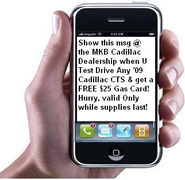
So now you have a list of customers in your subscription database and you want to start marketing to them. Picture this scenario:
- Your particular dealership tends to be slow on Wednesdays, so you decide to offer a promotion on the spot.
- You send out a text that reads “Come in today between 8AM and 4PM and get a FREE $25 gas card.”
- Your customers receive the message and are now considering walking onto your lot and through your doors when before they weren’t even considering it. Plus, you’ll probably make a sale or two you wouldn’t have before.
The possibilities are endless. With SMS mobile marketing, you have the power to send out and control any and all promotions and offers coming out of your dealership. You can use it like the scenario above where you create a promotion on the spot, or you can use SMS to reinforce already existing promotions and offers and remind customers of them. The only limits are what YOU choose. So why wait? There is easy money to be made using SMS mobile marketing!





